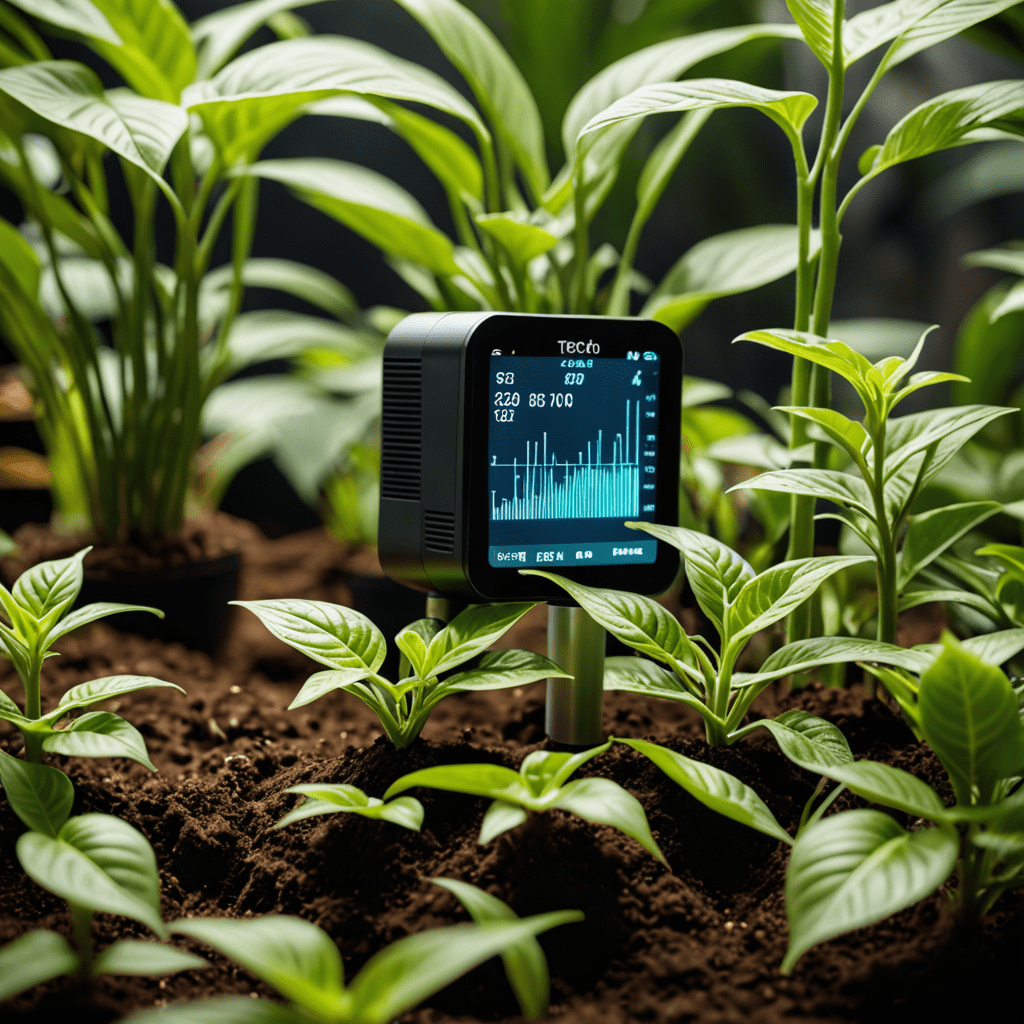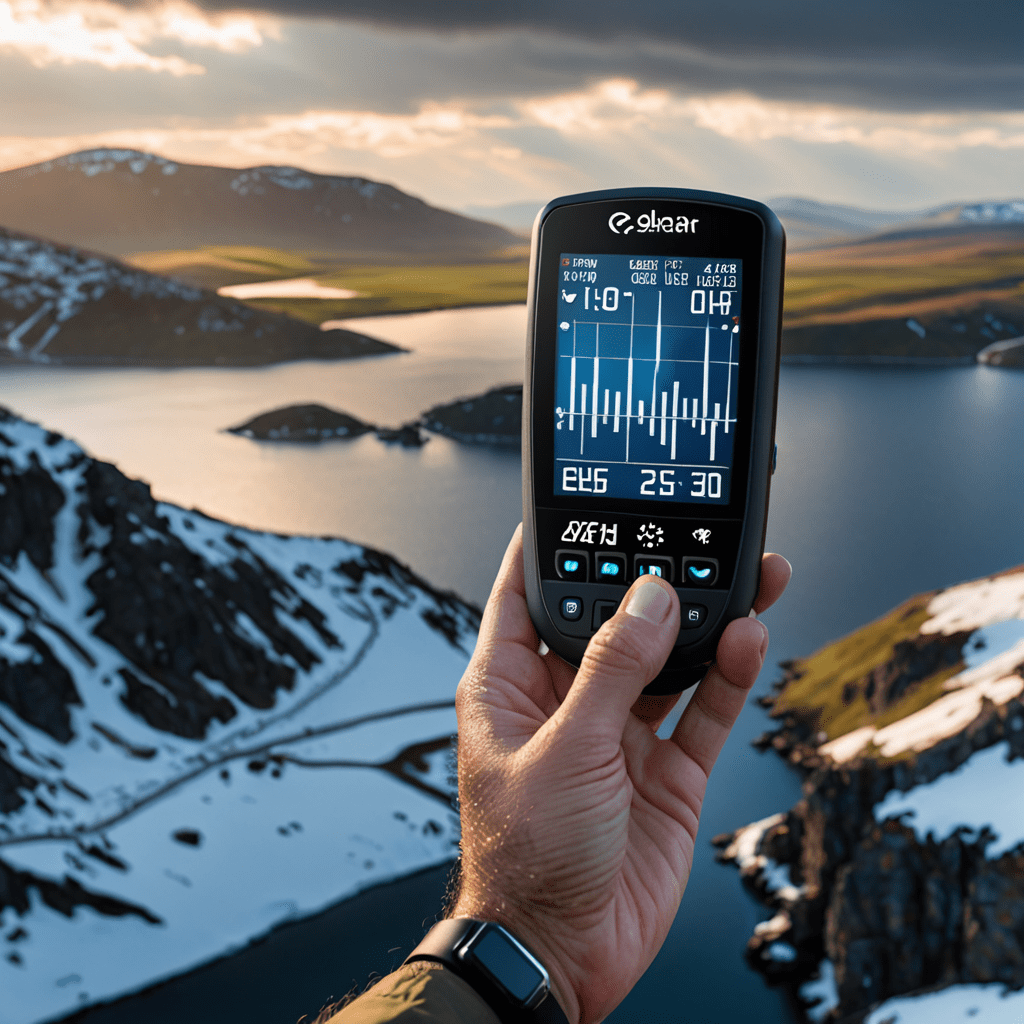
Wearable Tech and Plant Sensors: Monitoring Growth and Health of Plants
The Role of Wearable Technology in Plant Monitoring
Wearable technology has revolutionized the way we track fitness and health metrics for humans. Now, similar technology is being employed in agriculture to monitor the growth and health of plants. These wearable devices and plant sensors provide real-time data that can help farmers and gardeners optimize plant care.
How Plant Sensors Work
Plant sensors are equipped with various technologies such as moisture sensors, temperature sensors, light sensors, and nutrient sensors. These sensors are embedded in the soil or directly into the plants to gather data on crucial environmental factors affecting plant growth.
Benefits of Plant Monitoring Technology
By using wearable tech and plant sensors, farmers and gardeners can closely monitor the plant’s health, detect any early signs of stress or disease, optimize irrigation and nutrient delivery, and enhance overall crop yield.
Real-Time Data Analysis
One of the key advantages of wearable tech in plant monitoring is the ability to analyze real-time data. This data helps in making informed decisions promptly, adjusting watering schedules, nutrient levels, and other factors on the go to ensure optimal plant health.
Enhancing Sustainability and Efficiency
Plant sensors and wearable technology play a vital role in promoting sustainability in agriculture. By providing precise data on plant health, these devices help in reducing water usage, minimizing chemical inputs, and maximizing the efficiency of crop production.
The Future of Plant Monitoring
As technology continues to advance, the future of plant monitoring looks promising. Innovations such as AI-powered plant analysis, predictive modeling, and integration with smart farming systems are on the horizon, offering even more insights for farmers and growers.
Conclusion
Wearable tech and plant sensors are transforming the way we care for plants, offering an unprecedented level of insight into their growth and health. By harnessing the power of technology, we can cultivate healthier crops, conserve resources, and contribute to a more sustainable future in agriculture.
FAQ: Wearable Tech and Plant Sensors
What is wearable tech for monitoring plant growth?
Wearable tech for monitoring plant growth refers to devices that can be worn or attached to plants to track various parameters such as temperature, humidity, light levels, and soil moisture. These devices provide real-time data to help optimize plant health and growth.
How do plant sensors contribute to plant health?
Plant sensors help monitor crucial environmental and physiological factors affecting plant health. By collecting data on moisture levels, nutrient availability, and light conditions, these sensors enable growers to make informed decisions to improve plant growth, yield, and overall health.
Can wearable tech and plant sensors be used in home gardening?
Yes, wearable tech and plant sensors are increasingly being used in home gardening to help hobbyists and enthusiasts better care for their plants. These devices provide valuable insights into plant needs, allowing even beginners to successfully cultivate a variety of plant species.
Are there benefits to using wearable tech and plant sensors in agriculture?
Absolutely, the use of wearable tech and plant sensors in agriculture can lead to increased crop yields, improved resource efficiency, and better overall plant management. By precisely monitoring and adjusting environmental conditions, farmers can optimize crop growth while minimizing waste.


